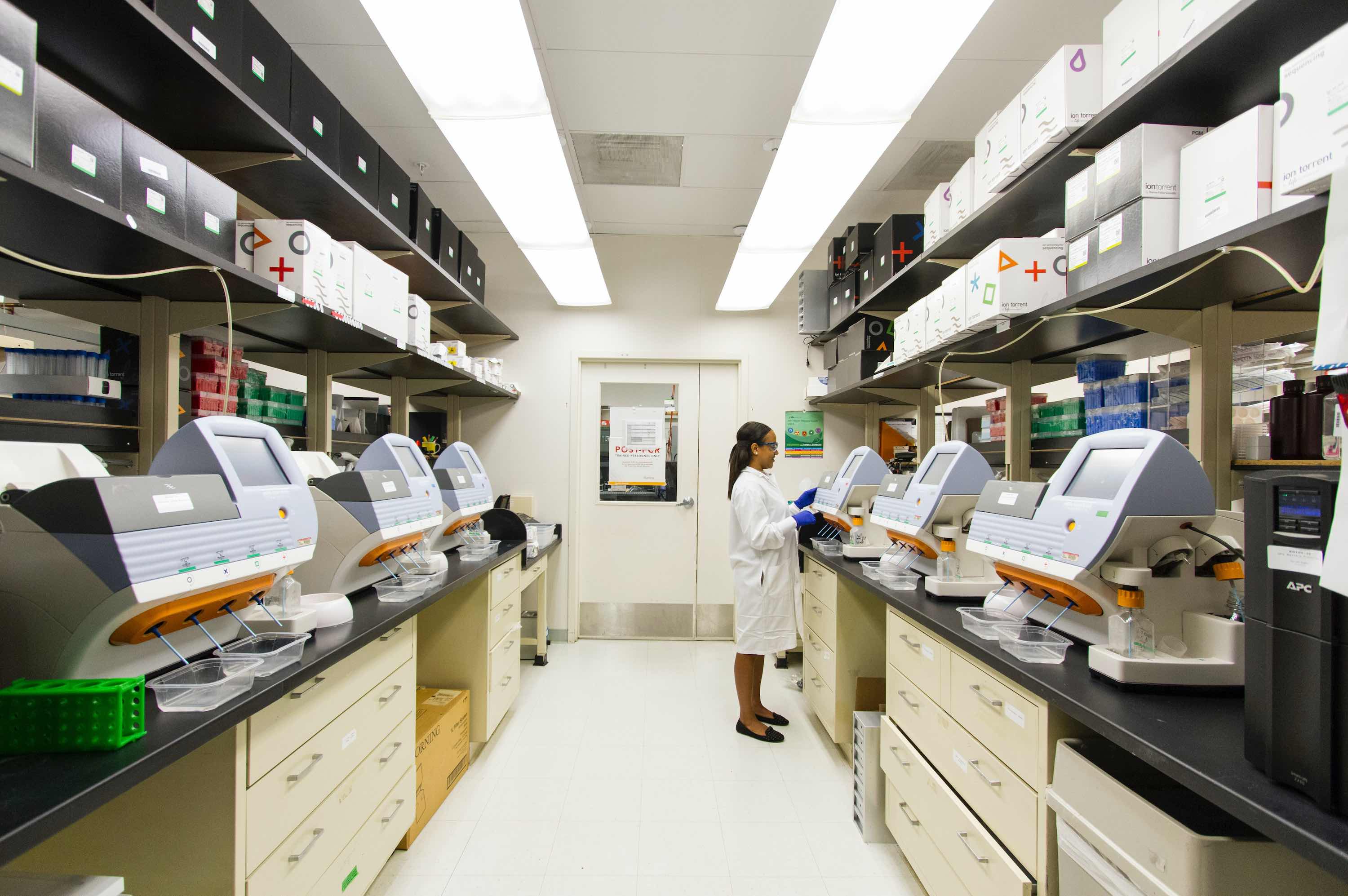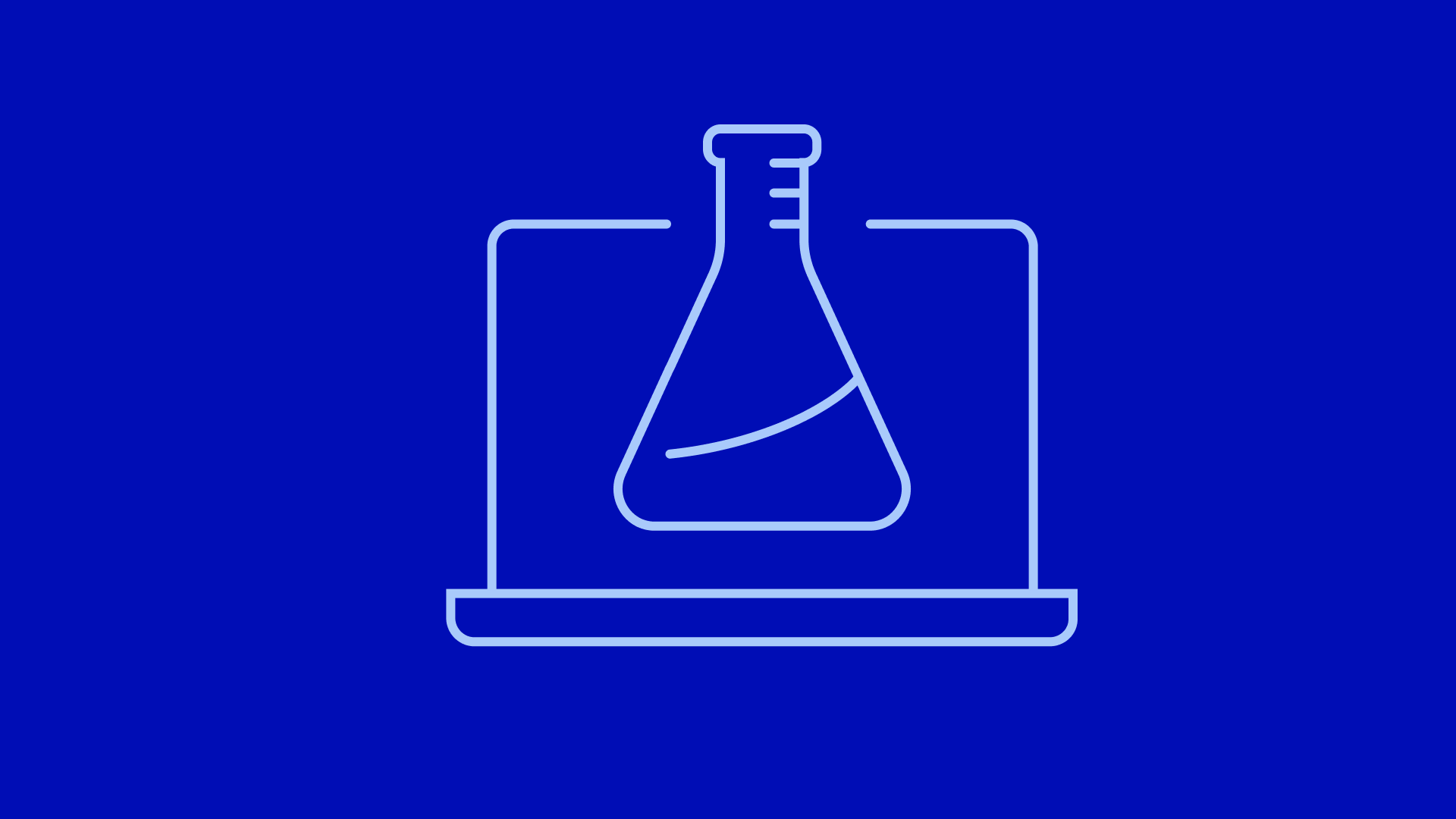ELNs vs LIMS: Understanding the differences and how to choose
Digital transformation has been talked about for over a decade. Now it’s become fast-tracked. It’s happened so fast, in fact, that businesses can hardly keep up. To stay relevant in this competitive environment, many biotech companies are moving towards a holistic and connected enterprise digital strategy. Data that is siloed within separate areas of the organization is no longer acceptable; when it comes to accuracy and efficiency, biotech entities that wish to succeed must invest in the right data management and digital platforms.
An important piece of this equation is an informatics system for tracking samples and analytical results. This typically means selecting between a Laboratory Information Management System (LIMS) or an Electronic Laboratory Notebook (ELN). While both of these applications are important in streamlining workflows and data management, they serve different functions.
A digital version of the traditional paper lab notebook is known as an ELN. It focuses on digitally capturing, organizing, and managing experimental data and research notes. An LIMS, on the other hand, is a comprehensive software solution for managing and tracking laboratory operations and data.
Let's go over a few key differences and common scenarios where LIMS and ELNs shine, and we’ll discuss how Benchling delivers the capabilities of both systems and more in a single solution.
ELN v LIMS: Understanding the differences
While LIMS and ELN are complementary systems, it is important to understand the difference between the two. To best understand which is most suitable for your organization, we need to break ELN and LIMS functionality, and the benefits associated with each respective solution.
What is a LIMS?
When it comes to recording, processing, and learning from the data that large molecule R&D produces, systems like spreadsheets, Google Docs, and pen and paper fall far short. Spending hours searching for the right assay result, or agonizing over whether a sample's record is up to date, is a regular occurrence for scientists. Beyond adding hours of busywork to scientists' days, these outdated approaches can even call into question the accuracy of their results.
Biotech and pharma companies have long-since realized that they need to modernize their approach to tracking, centralizing, and querying their R&D data. The purpose of a LIMS solution is to give their teams a single source of truth where, rather than flip through spreadsheet after spreadsheet, scientists can enter in simple queries, or follow a straightforward trail of links, to find their desired data. Oftentimes, LIMS also have built-in validation rules that ensure all data is up to date and compliant, so teams don't have to question its accuracy.
What is an ELN?
An ELN is a digital replacement for a traditional paper notebook. It’s a secure cloud-based data management tool to record, archive, share and protect your most valuable information, and intellectual property – your research. An ELN solution is designed to improve productivity, enhance data integrity and promote collaboration across an organization.
What are the key differences between LIMS and ELNs?
The key difference between a LIMS and an ELN is that a LIMS is used with structured, repeated workflows, processes, and data. An ELN is often associated with changing, configurable workflows and recording data. An ELN is often a component of a LIMS platform. Given the increasing complexity of modern science, tool providers offer solutions that integrate the capabilities of both lab instruments into one platform to enable scientists to be more productive.
What are the benefits of using LIMS and ELNs respectively?
The benefits of using LIMS vs ELNs range from optimized handoffs across teams, to improved data management, to better data quality. There’s a few key benefits, however, that are respective to each solution.
Think of a LIMS software system like an air traffic controller, overseeing and directing all the planes in the air. The goal is to maintain an on-time schedule, avoid collisions and most importantly, deliver the precious cargo safely and efficiently. The key benefits of a LIMS are effective collection of data or samples, defined organization of information (lab management, workflows management, resource management) and improved sharing of results and conclusions among and across teams or organizations. A LIMS helps record, store and preserve critical information and precious intellectual property (IP) that is vital knowledge for an organization today and for the future. With an effective LIMS system, you can generate dashboards and reports to further connect and share information across teams and better monitor the status and progress of programs.
While a LIMS software system is directing work, you should consider your ELN as the organization's central source of truth to store your laboratory information. As your experimental work as well as the company grows, the amount of data generated and collected will increase. It is important to select a cloud-based ELN that can handle your increasing amounts of data, has the ability to create templates and procedures that can be standardized, and has the ability to share this information across the organization.
In addition, having your ELN act as a data management system that scientists can link external images or citations from sources, such as Mendeley, can help connect data and teams. Consider an ELN that can act as a link between data and inventory management to specific samples that are stored. Together, this should help support better data management and improve collaboration among team members.
ELN or LIMS: How to choose the right solution
Tracking experiments
ELN
Electronic lab notebooks primarily let you find and track unstructured experimental records and data. All ELNs will track every addition and amendment to the records they maintain. This way you can easily explore the contents at any point in time, review any changes that were made, and see who made those changes. With some ELNs, you also get the benefits of entry templates to standardize how you document your experiments and digital search tools to locate specific entries.
LIMS
Generally, LIMS are designed to manage structured, repetitive workflows. LIMS typically aren’t equipped with the features and flexibility needed to comprehensively and continuously maintain records for the wide-ranging experiments performed in the discovery stages of R&D. For this reason, LIMS are better at tracking structured workflows versus unstructured workflows, which ELNs are better at tracking. Modern LIMS are built to integrate seamlessly with ELN software to gain the benefits of both types of systems when it comes to tracking experiments and the resources needed to perform them.
Tracking biological samples and reagents
ELN
Some ELN software can integrate with or have basic built-in inventory management tools that link your research entries to your samples and reagents. While ELNs can help you to manage your samples and document your experiments, they are often limited in their ability to integrate with your entire instrument and software ecosystem, resulting in siloed data or clunky transitions as you progress through your experiment workflow.
LIMS
Sample tracking is arguably the most basic capability of every LIMS, where you can assign each sample a unique identifier that can be linked to other entities and experiments. However, sample management with LIMS typically requires extensive customization to correctly connect entities and link relevant information in a way that increases efficiency. This is because “sample” can mean different things to different labs. Proteins, cell lines, plasmids, miRNA, and oligonucleotides are just a few of the types of samples a given lab might need to manage, and each of these entities has distinct relationships to each other, as well as specific types of data that must be associated to them.
Most LIMS were originally built for small molecule R&D workflows and have trouble handling diverse molecular biology sample types without extensive customization. This can result in long setup times and expensive reconfigurations as biotech companies grow.
Connecting DNA sequences to downstream results
ELN
Companies need digital solutions that enable them to connect the dots between results as samples transition through the R&D workflow. For instance, having software that helps you quickly understand which constructs have the best expression can improve productivity and generate insights faster. In life science R&D, multiple teams are often involved in performing different phases of a given project. With an ELN, you can keep information from multi-day and multi-person studies organized together, making it easier for any team member to tie experimental protocols to results and to pull together data for analysis. While an ELN can help keep your notes and results organized and streamline knowledge transfer as projects are handed off, you may need additional software or a more sophisticated ELN with built-in analytical tools to draw connections between results and DNA sequences.
LIMS
While LIMS are very sample-centric, most of them are built to handle small molecules rather than modern molecular biology samples. LIMS typically excel at capturing information relating to a given sample and what happens to it, such as what tests it will undergo, related reagents and instruments, and derivatives of the parent sample. However, this is more difficult for a LIMS to do in a modern life science environment where labs need to view, manipulate, and compare DNA and protein sequences.
These limitations become even more apparent when trying to capture the metadata and details of experiments involving a specific sample, such as how a certain variant impacted receptor binding and how it compares to other variants. To gain these capabilities, life science R&D labs need functionalities that conventional LIMS often fail to deliver. Connecting samples or specific DNA sequences with data and analysis files, which may be simple text files, may require integration with a third party software such as a top-tier ELN that has capabilities that can easily bring results from separate experiments together.
Making IND filings and regulatory audits easier
ELN
ELNs help keep experiments and results organized and readily accessible through entry templates and search features, and can also have more specific features that make regulatory reporting, IND filings, and compliance audits more efficient. While typical ELNs are developed for flexible environments, some include features well-suited for regulated environments (e.g., 21 CFR Part 11 compliance). These features can include custom witnessing and review processes with electronic signatures, audit trails recording the review process step-by-step, and automatic version history tracking.
LIMS
These systems provide centralized access to quality control data. For labs that need to meet specific regulatory requirements, LIMS can provide audit trails for samples and data as well as quality control and quality assurance information.
Getting the best of ELNs and LIMS
To keep R&D workflows productive as your biotech company grows, you need digital solutions to help track experiments, samples, and reagents, deliver real-time data analysis, and streamline workflows. Because most individual software solutions (e.g., LIMS or ELN) are rarely equipped with all of these capabilities necessary to deliver the full benefits of efficiency and traceability, companies often adopt multiple software systems. Unfortunately, this can end up creating more headaches than insights, and choosing the best combination of options can be difficult.
But with Benchling, you get an all-in-one solution that is specifically designed for life sciences. Benchling is a cloud-based platform that delivers both structured and unstructured data capture by combining the capabilities of top-tier ELN and LIMS with other foundational informatics functions.
When it comes to experiment tracking with Benchling, it is comprehensive, customizable, and seamless. You can link together entries, samples, and results that would normally be siloed in a standalone LIMS or ELN. With Benchling, you get the same sample and inventory management capabilities that ELNs and LIMS can deliver, but in an easily configurable, cloud-based platform.
Unlike ELNs and LIMS, Benchling has a built-in Molecular Biology application where you can easily view, manipulate, and compare DNA, RNA and protein sequences. And because it is part of our unified platform, you get end-to-end traceability of all your sequences. You can easily see the downstream samples and results that any sequence has led to. This unification simplifies data analysis and insight generation by assembling critical information and ensuring that all the information you need—the protocols, the results, and the plasmids, strains, and other reagents—is readily available and up-to-date.
What Benchling gives us most of all is speed. It allows us to process more [NGS] samples and generate that data more quickly so that we can make decisions faster. — Bob Gantzer, Head of Lab Automation & Robotics @ Beam Therapeutics
Benchling provides LIMS reporting functionality that can help you efficiently prepare for regulatory audits and deliver insights. You can meet regulatory requirements with application controls such as locking electronic signatures, restricting user access, and strict versioning of all edits for audit trails.
Interested in learning more about how an all-in-one solution can work for you? Get in touch.
Powering breakthroughs for over 1,200 biotechnology companies, from startups to Fortune 500s



